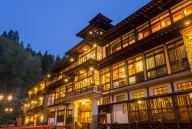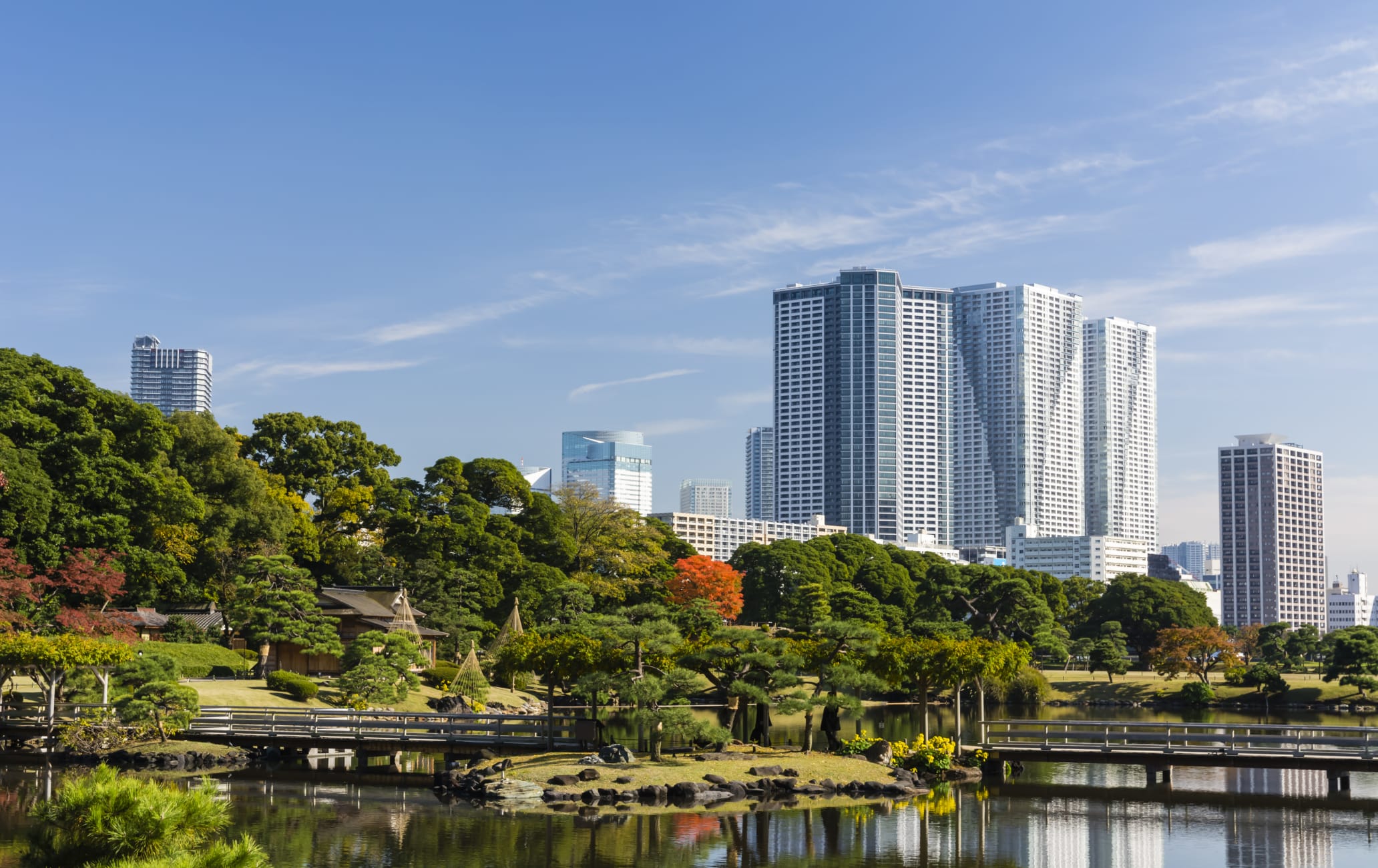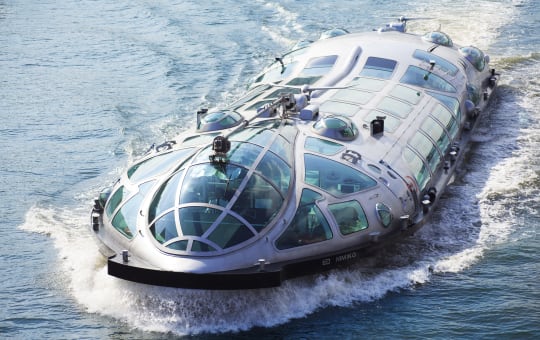Diese ehemaligen Kaiser- und Shogunat-Gärten sind eine weniger bekannte Oase inmitten der Metropole
Die Hama-rikyu-Gärten bilden zwischen den glänzenden Hochhäusern des nahegelegenen Shiodome einen natürlichen grünen Rückzugsort und einen Ort der Ruhe im Herzen der Tokyoter Innenstadt. Diese einst der Kaiserfamilie vorenthaltenen malerischen Gärten sind seit 1946 öffentlich zugänglich.
Nehmen Sie sich während Ihres Besuchs der Gärten Zeit für eine traditionelle Erfrischung im schwimmenden Teehaus, ein wesentliches Japan-Erlebnis, und ziehen Sie in Betracht, die Gärten mit dem Wasserbus zu verlassen.
Nicht verpassen
- Den letzten Salzwasser-Teich in einem Garten aus der Edo-Zeit in Tokyo
- Matcha-Grüntee und traditionelle Süßigkeiten, die im Nakajima-no-ochaya (Teehaus) serviert werden
- Ein Spaziergang entlang der 120 Meter langen Brücke, die zu den Inseln der Gärten führt
Anfahrt
Sie erreichen die Gärten innerhalb von 12 Minuten zu Fuß ab dem Bahnhof Shimbashi.
Alternativ sind die Gärten von dem Bahnhof Shiodome auf der U-Bahn-Linie Oedo oder der Yurikamome Linie in sieben Minuten zu Fuß erreichbar.
Der Wasserbus, der von Tokyo Cruise Ship Co., Ltd. operiert wird, hält ebenfalls an den Gärten. Die Sumida River Linie des Wasserbusses verbindet Asakusa mit den Gärten, die 35-minütige Fahrt bildet hierbei eine erfrischende Abwechslung von der U-Bahn. Der Eintrittspreis in die Gärten ist im Fahrpreis enthalten. Über den Hinode-Pier der Gärten gelangen Sie auch zurück nach Asakusa.
Unterschiedliche Gartenaspekte
Während Sie sich in der schönen Naturlandschaft der Gärten erholen, haben diese auch zahlreiche Sehenswürdigkeiten zu bieten. In der Nähe des Eingangs befindet sich eine eindrucksvolle, 300 Jahre alte Kiefer, die über die Jahrhunderte stets zurechtgeschnitten wurde und heute eine erstaunliche Trauerform angenommen hat. Dahinter liegen Blumenfelder, die fast das ganze Jahr über blühen, darunter auch leuchtende Pfingstrosen, Raps und Kosmeen.
Die Gärten haben zwei Enten-Jagdgebiete, die der Shogun benutzte, und zum Gedenken sowie zur Besänftigung der dieser Jagd zum Opfer gefallenen Entengeister wurde ein Denkmal errichtet worden. Die traditionellen Verstecke zur Entenjagd, von denen Jäger auf die Enten gezielt haben, sind noch immer in Hama-rikyu zu finden.


Wunderschöne saisonale Blütenpracht und bezauberndes Herbstlaub
Im Vergleich zu anderen Gärten in Tokyo ist Hama-rikyu nicht bekannt für seine Frühlingsblumen und Herbstpracht. Von Ende Februar bis Anfang April können Sie jedoch Blüten sehen, da sich hier noch immer unzählige Pflaumen- und Kirschbäume befinden, die die Gärten im Frühling in ein rosa-weißes Blütenmeer verwandeln. Dasselbe gilt für den Herbst, wenn Ahorn- und Gingkobäume den Garten in schillernde Rot- und Gelbtöne tauchen.


Ein kleines Meer
Der zentrale Teich der Gärten, Shioiri-no-ike, ist mehr, als er auf den ersten Blick scheint. Sein japanischer Name bedeutet „Gezeitenteich“ – der Teich ist in der Tat mit Salzwasser aus der Tokyo-Bucht gefüllt. Ablassschieber dienen der Regulierung des Wasserpegels bei Ebbe und Flut, sodass der Teich sich je nach Tageszeit verändert. Stellen Sie sicher, bei Ihrem Besuch in den Teich zu sehen, um eventuell einen Blick auf das Meeresleben erhaschen zu können, das mit dem Wasser der Bucht in den Teich gelangt ist, darunter Wolfsbarsch und Großkopfmeeräsche.
Das Teehaus scheint auf dem Teich zu schwimmen. Hier, in dieser traditionellen Umgebung auf Tatami-Matten sitzend, können Sie eine entspannende Tasse grünen Pulvertee trinken, der mit einer authentischen Wagashi-Süßigkeit serviert wird. Wenn Sie keine Zeit für Tee haben sollten, sorgt die Atmosphäre allein schon für einen bereichernden Besuch.


Nach den Gärten
Aufgrund seiner Lage auf der Wasserbuslinie Tokyos ist Hama-rikyu ein großartiger Halt zwischen einem Besuch der traditionellen Tempel Asakusas und Odaibas ultramoderner Unterhaltung. Die Stadt auf diese Art zu entdecken ist eine schöne, reizvolle Alternative zu den unterirdischen U-Bahn-Linien.













































